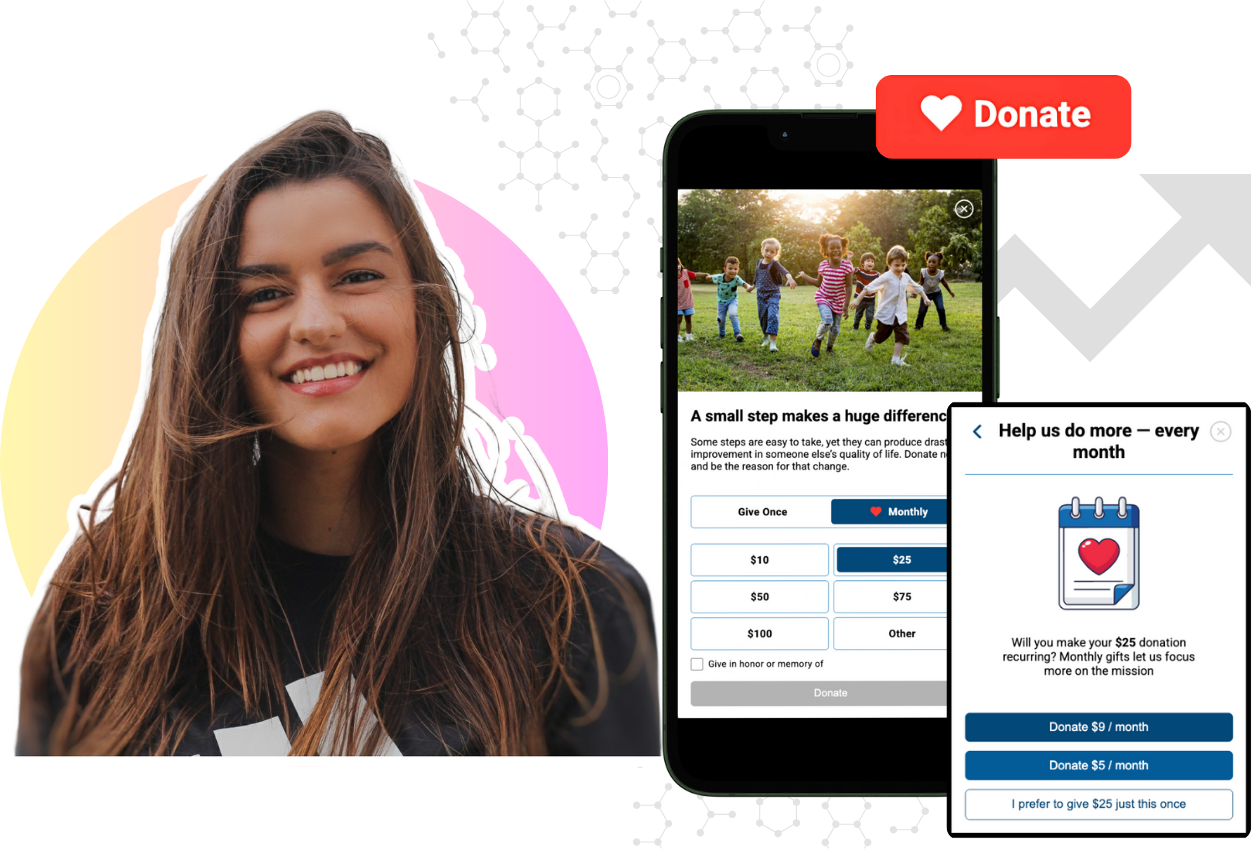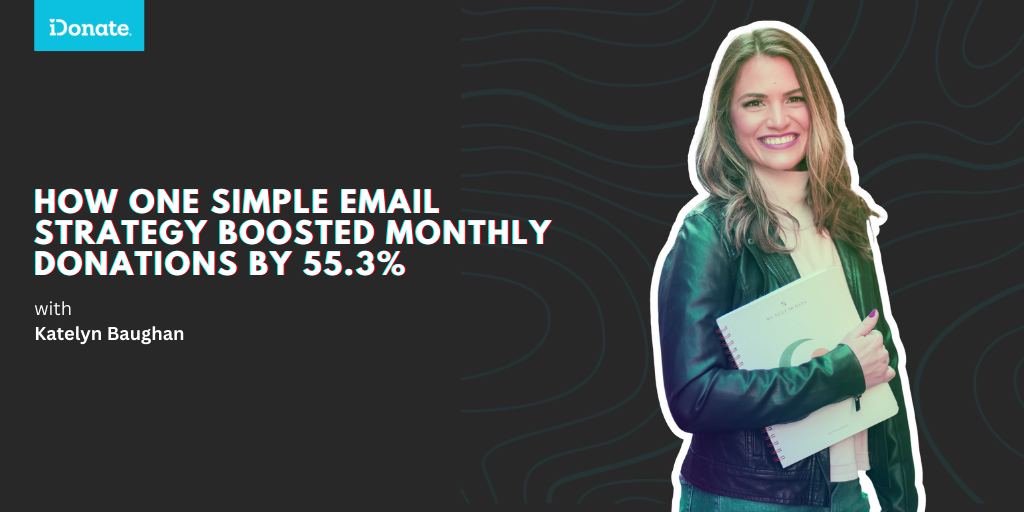Want to Motivate Donors? Show Them Results
There’s at least one thing we know for sure about the human brain. Our reactions and choices are heavily influenced by our basic needs for food,...

Mobile-First Pop-Up Donation Form
Launch mobile-first pop-up forms in minutes, use built-in tools to capture more donations, and optimize the giving experience—no dev team required.
New to online donation pages for your nonprofit? Start here.
Donation page A/B testing - no science degree needed.
Keep your donation page loading fast - and drive higher conversions.

The 4 Types of Online Donation Experiences
89% of donors leave without giving. Learn how to use the right donation form to close the gap and boost conversions.

Connected Giving orgs intentionally deliver high-touch content, prompts, and responses when relevant. Not just anyone is a viable target donor for your cause. Every nonprofit has a target audience—the donors who are passionate about your cause, align with your mission, and are ready to get involved.
Meet Them Where They Are
How you show up matters. Intercept your donor where they’re already going and consider their daily routine. Consider leveraging one of the following channels:
1. Social
53% of nonprofits engage with their donors via social channels to better understand their interests and motivations.
(Salesforce Nonprofit Trends)
2. Search
Google AdGrants attracts donors, raises awareness for your organization, and recruits volunteers with in-kind advertising on Google Search. (Salesforce Nonprofit Trends)
3. Entertainment
Make it easy for supporters to give with YouTube Giving features (currently available in the U.S.). (Youtube Nonprofits)
4. Navigation
Develop compelling data visualizations to track and share your organization’s impact and programs. (Google Earth & Maps)
5. Voice
Google Assistant helps users donate easily to important causes and nonprofit organizations by saying to your assistant or iOS/Android “Hey Google, donate to ______.” (TechQuila))
6. Mail
Nonprofit emails have an average open rate of 20% and an average clickthrough rate of 2.66%. (Campaign Monitor)
Who is Your Audience?
When identifying your target audience, be as descriptive as possible:
Demographic
Communication Style
Background
What Are Their Objections
What Are Their Goals

There’s at least one thing we know for sure about the human brain. Our reactions and choices are heavily influenced by our basic needs for food,...

Welcome to another edition of Connected Giving. We love showcasing the incredible work of our customers and we’re excited about the response this...

In the nonprofit world securing consistent funding can feel like an uphill battle. One powerful solution lies in cultivating a steady stream of...